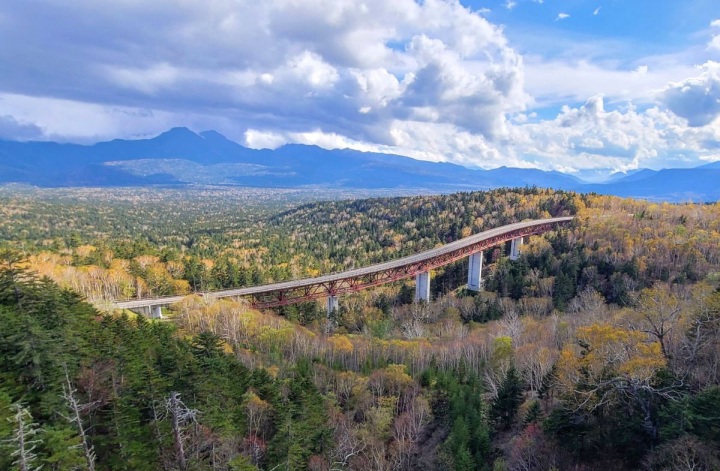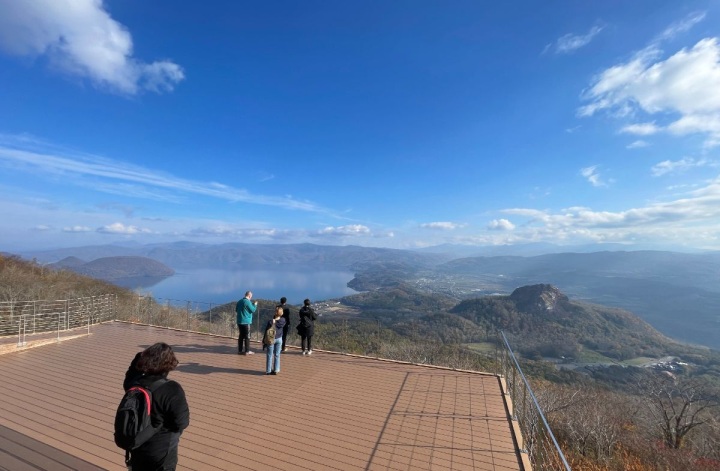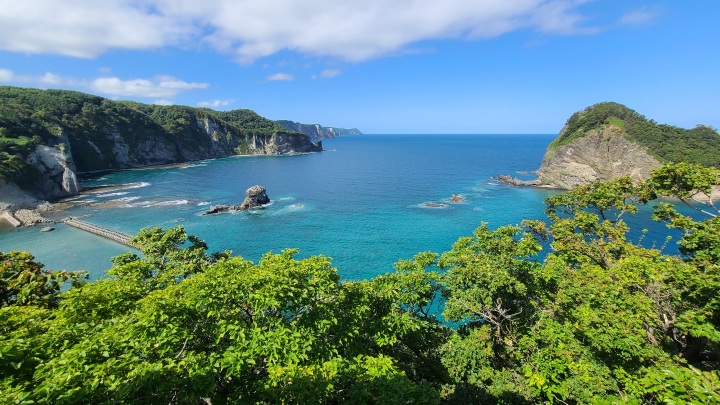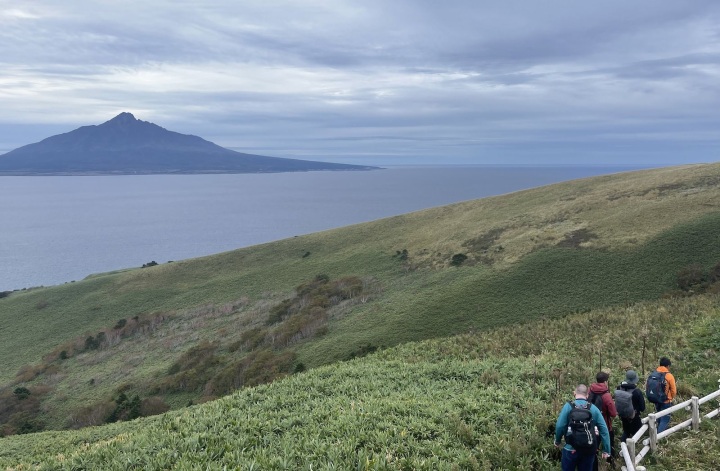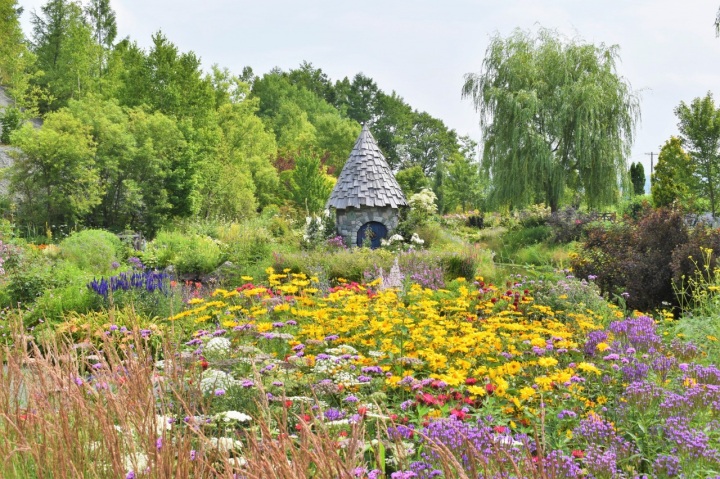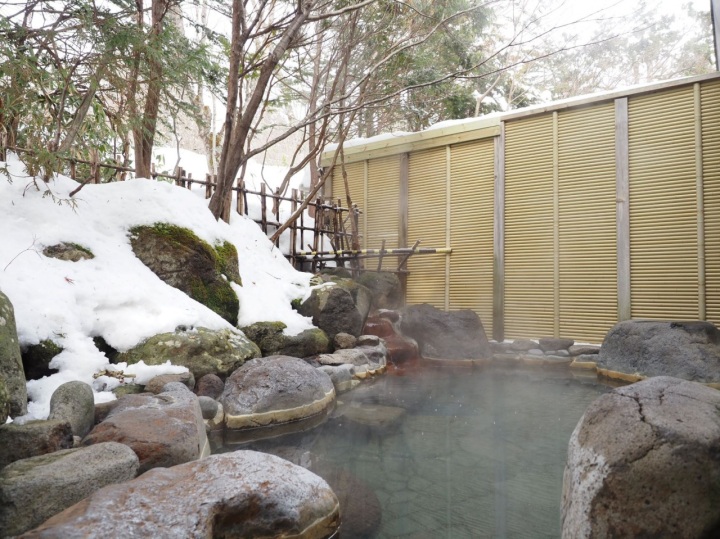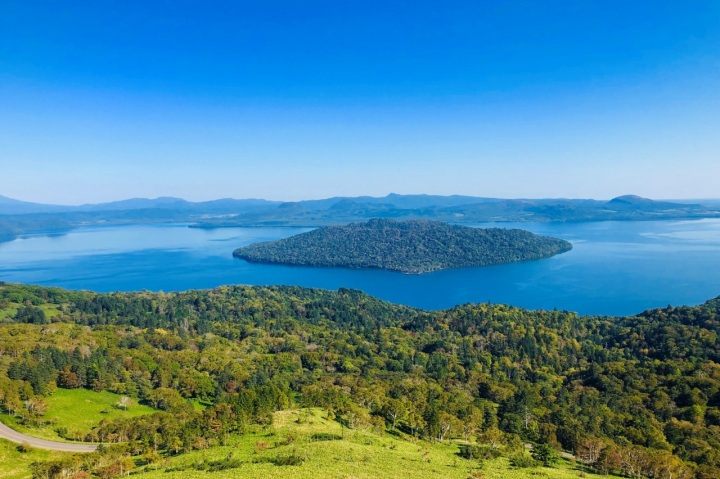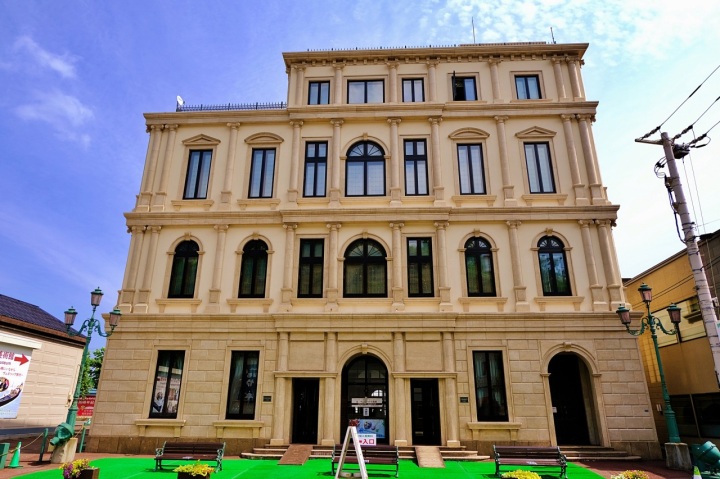"Off-the-Beaten-Path" Trip to Northern Hokkaido: Sunsets, Hot Springs, and Gourmet Delights
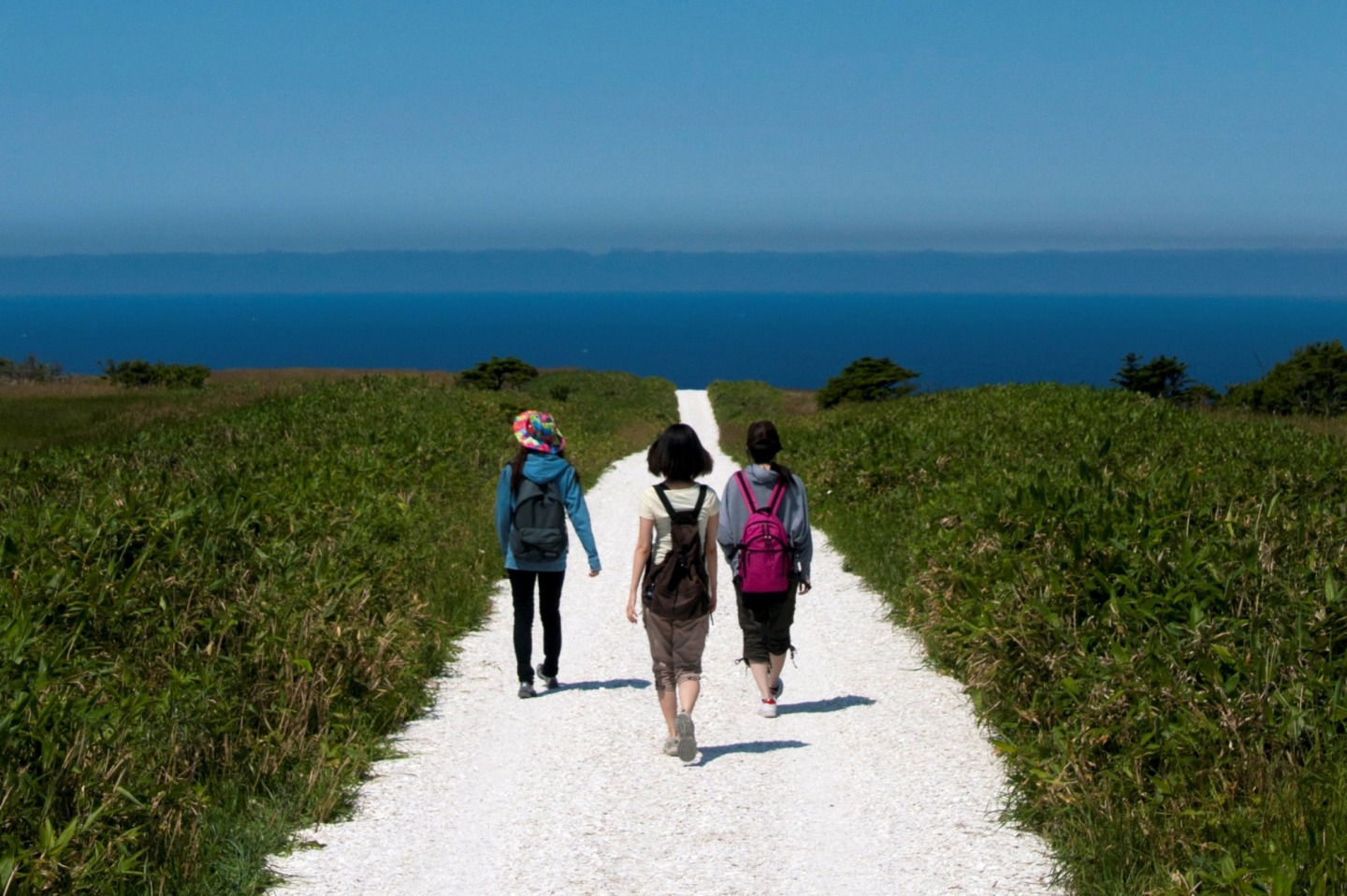
- Spring
- Summer
- Autumn
- Winter
- Days required
- 2 days and 1 nights
- Main methods of transportation
- Car
Our 2-day, 1-night trip is the perfect way to see a side of the region you never knew existed. Starting from New Chitose Airport, you'll drive north towards Wakkanai, exploring picturesque landscapes, breathtaking sunsets, and local gourmet foods. With plenty of hot springs along the way, this journey is all about relaxation and discovery. Pack your bags and get ready for an unforgettable off-the-beaten-path adventure in Northern Hokkaido.
- * The spots and experience menus introduced in the course are subject to change. Please check the official website for the latest information.
- * Please note that the text shown on this page includes machine translations.
New Chitose Airport
The Gateway to Hokkaido
When you arrive at New Chitose Airport, your Hokkaido journey truly begins. Renting a car here is the perfect way to start exploring, giving you the freedom to head north along the Hokkaido Expwy toward Sunagawa. In about 90 minutes, you’ll reach one of the sweetest destinations in central Hokkaido.
Sunagawa Sweet Road
A Delicious Journey Through the “Town of Sweets”
Stretching about 5 km along National Route 12, Sunagawa Sweet Road is lined with more than 20 delightful confectionery shops and cozy cafés. This area of Sorachi once thrived as a coal mining region, and sweet treats here have long been a source of comfort and energy for the hardworking community. Today, visitors can experience the same warmth and joy through every bite.
From long-established wagashi (traditional Japanese sweets) shops to elegant patisseries and welcoming cafés, each store along this road has its own unique character. Driving from one to another feels like a treasure hunt for your perfect dessert. Surrounded by the aroma of freshly baked pastries and hand-crafted sweets, you’ll find yourself creating travel memories as heartwarming as the flavors themselves.
A drive along Sunagawa Sweet Road is more than just a tasting tour—it’s an invitation to slow down, indulge, and discover the true sweetness of Hokkaido.
- Address
- 北海道砂川市
Cape Ogon
A Golden Sunset Over the Sea of Japan
Cape Ogon in Rumoi is a highlight of the Ororon Line, a scenic coastal drive along the Sea of Japan. Chosen as one of the “Top 100 Sunsets in Japan,” and one of only 5 in Hokkaido, this cape offers a truly unforgettable view of twilight.
Once used as a lookout for herring fishing, Cape Ogon earned its name from the golden glow of massive herring schools illuminated by the setting sun. The sight of countless fish sparkling like liquid gold as they approached the shore became legendary and gave the cape its enduring name.
Today, the cape is celebrated for sunsets often called the “most beautiful in Japan.” As the sun slowly sinks below the horizon, the sea and sky are filled with brilliant shades of orange and red. The warm glow spreads across the landscape, creating a powerful and moving scene.
- Address
- 北海道留萌市大町2丁目
Haboro Onsen Sunset Plaza
Your Oasis on the Orolon Line
Along the Ororon Line facing the Sea of Japan, Haboro Onsen Sunset Plaza is a hot spring inn beloved by locals. Connected to Michi-no-Eki Hotto♡Haboro and close to the ferry port for Teuri and Yagishiri Islands, it is an ideal base for sightseeing.
The inn is best known for its breathtaking sunsets. From the spacious public bath and the Japanese garden–style open-air bath, you can relax while watching the glowing sky and the silhouettes of the islands on the horizon. The mineral-rich reddish-brown salt spring is praised for warming the body, and guests can also enjoy a reclining bath and sauna.
Dinner features Haboro’s famous sweet shrimp, with the town boasting Japan’s largest catch. Fresh seafood and seasonal dishes make the experience even more memorable.
With spectacular sunsets, soothing hot springs, and local cuisine, Haboro Onsen Sunset Plaza is a true seaside retreat that refreshes both body and spirit.
- Address
- 北海道苫前郡羽幌町北3条1丁目29
- Telephone Number
- 0164-62-3800
Toyosaki Konpira Shrine
Rising from the Ocean: The Red Torii Gate of Toyosaki Konpira Shrine
The village of Shosanbetsu is located along a stretch of the Sea of Japan’s coast.
Running south to north, the Ororon Line carries travelers through the area.
With the beautiful coastline on one side, it is easy to see why so many photographers have been making their way to Shosanbetsu.
Among the most popular sights is the red torii gate of Toyosaki Konpira Shrine, standing strikingly just offshore at Cape Konpira.
Why not visit this spot and try your hand at capturing the vivid red structure set against the endless blue of the sky and sea?
If you are a romantic at heart, you may prefer capturing the setting sun glowing through the gate.
Night owls might enjoy visiting on a starry evening, when the torii seems to be embraced by the cosmos.
Whatever your preference, the Toyosaki Konpira Shrine gate will not disappoint!
- Address
- 苫前郡初山別村豊岬
- Telephone Number
- 0164-67-2211
Otonrui Wind Farm
A Striking Landscape of Endless Turbines
Along the Ororon Line in northern Hokkaido stretches the Otonrui Wind Farm, where 28 massive wind turbines, each towering about 99 meters high, stand in a straight line for 3.1 km. The sheer scale of these turbines set against vast green pastures creates a breathtaking sight that feels more like a scene from abroad than Japan.
On clear days, the majestic silhouette of Mt. Rishiri can be seen across the sea, adding another layer of beauty to the view. The contrast between Hokkaido’s expansive natural scenery and the modern turbines turning powerfully in the wind is both impressive and unforgettable.
A visit to Otonrui Wind Farm offers a rare chance to experience one of Hokkaido’s most unique landscapes, blending nature and technology in harmony.
- Address
- 北海道天塩郡幌延町
Sarobetsu Wetland・Sarobetsu Wetland Center
Enjoy Stunning Scenery
The Sarobetsu Wetland, located on the Sea of Japan coast in the northernmost part of Hokkaido, is the third-largest wetland in Japan. It is also the largest high moor in the country, and a slight natural oddity as high moors usually appear at even higher mountain altitudes. The Sarobetsu Wetland is part of the Rishiri-Rebun-Sarobetsu National Park, and you can get panoramic views of the park’s landscape colored by seasonal flowers with Mt. Rishiri towering over the horizon. Hundreds of varieties of wildflower bloom from spring through autumn changing the shades of the scenery over the course of the year. Because of its importance as a stopover point and breeding area for many migratory birds, Sarobetsu was added to the Ramsar List of Wetlands of International Importance in 2005. Grassland birds such as the common stonechat, reed bunting, and Siberian rubythroat visit and breed in the early summer. Bean geese and tundra swans stop by on their migration route every spring and autumn. While Steller’s sea eagles and white-tailed eagles visit the area in the winter when the land is hidden under heavy snowfall.
- Address
- 天塩郡豊富町上サロベツ8662
- Telephone Number
- 0162-82-3232
- Open
- 9:00-17:00 (10:00-16:00 from Nov. to Apr., 8:30-17:30 from Jun. and Jul.)
- Closed
- Mondays (Nov. to Apr.)
Cape Soya
Visit the Monument to Japan’s Northernmost Point at Hokkaido’s Cape Soya
Looking to explore Japan’s most extreme frontiers? For the northernmost point, a visit to Cape Soya is a must. This location rewards travelers with stunning views of two beautiful bodies of water: the Sea of Okhotsk and the Sea of Japan. From this vantage point, keen-eyed observers can even catch a faint glimpse of Sakhalin Island. While touring Cape Soya, be sure to seek out the Monument to Japan’s Northernmost Point. Passersby will immediately recognize the monument’s unique delta cone shape, inspired by the North Star – the perfect backdrop for your northernmost photos. To commemorate your adventure, don't forget to pick up a Japan’s Northernmost Point Certificate, a popular souvenir!
- Address
- 稚内市宗谷岬
- Telephone Number
- 0162-23-6468
White Path, Soya Hills
Hokkaido’s Scenic White Road
The “Shiroi Michi (Path of White Shells)” in Wakkanai is a 3 km white road stretching toward the deep blue sea, created by paving crushed scallop shells, a local specialty. Its soft texture and striking contrast with the sky and ocean make it one of Hokkaido’s most photogenic scenic spots.
On clear days, visitors can see Mt. Rishiri and even glimpse Sakhalin. The 57 white wind turbines along the Soya Hills add to the dramatic landscape, making Shiroi Michi perfect for walking, cycling, and capturing unforgettable photos on your journey to Cape Soya.
Note: The road is pedestrian-friendly, so please drive with caution.
- Address
- 稚内市大字宗谷村字宗谷
- Telephone Number
- 0162-23-6468
Wakkanai Port North Breakwater Dome
A Unique Architectural Landmark by the Sea
Standing tall along Wakkanai Port, the North Breakwater Dome is a striking half-arch structure built over 5 years to shield roads and railways from the fierce winds and waves that batter the coast more than 130 days a year. Rising 14 meters high and stretching 427 meters long, its 70 massive columns and gracefully curving colonnade evoke the elegance of ancient Greek architecture.
Once bustling with travelers heading to and from Sakhalin, this remarkable construction is now recognized as a Hokkaido Heritage Site and a popular filming location for TV commercials. Today, visitors come not only to admire its rare architectural beauty but also to capture unforgettable photographs beneath its sweeping arches. Whether you’re a history enthusiast, an architecture lover, or simply seeking a unique photo spot, the North Breakwater Dome is a must-see highlight of Wakkanai.
- Address
- 稚内市開運
Wakkanai Airport
How was your off-the-beaten-path trip to Northern Hokkaido, filled with sunsets, hot springs, and delicious food? We hope the time you spent in Japan's northernmost region was a truly unforgettable experience that has been deeply etched into your heart.
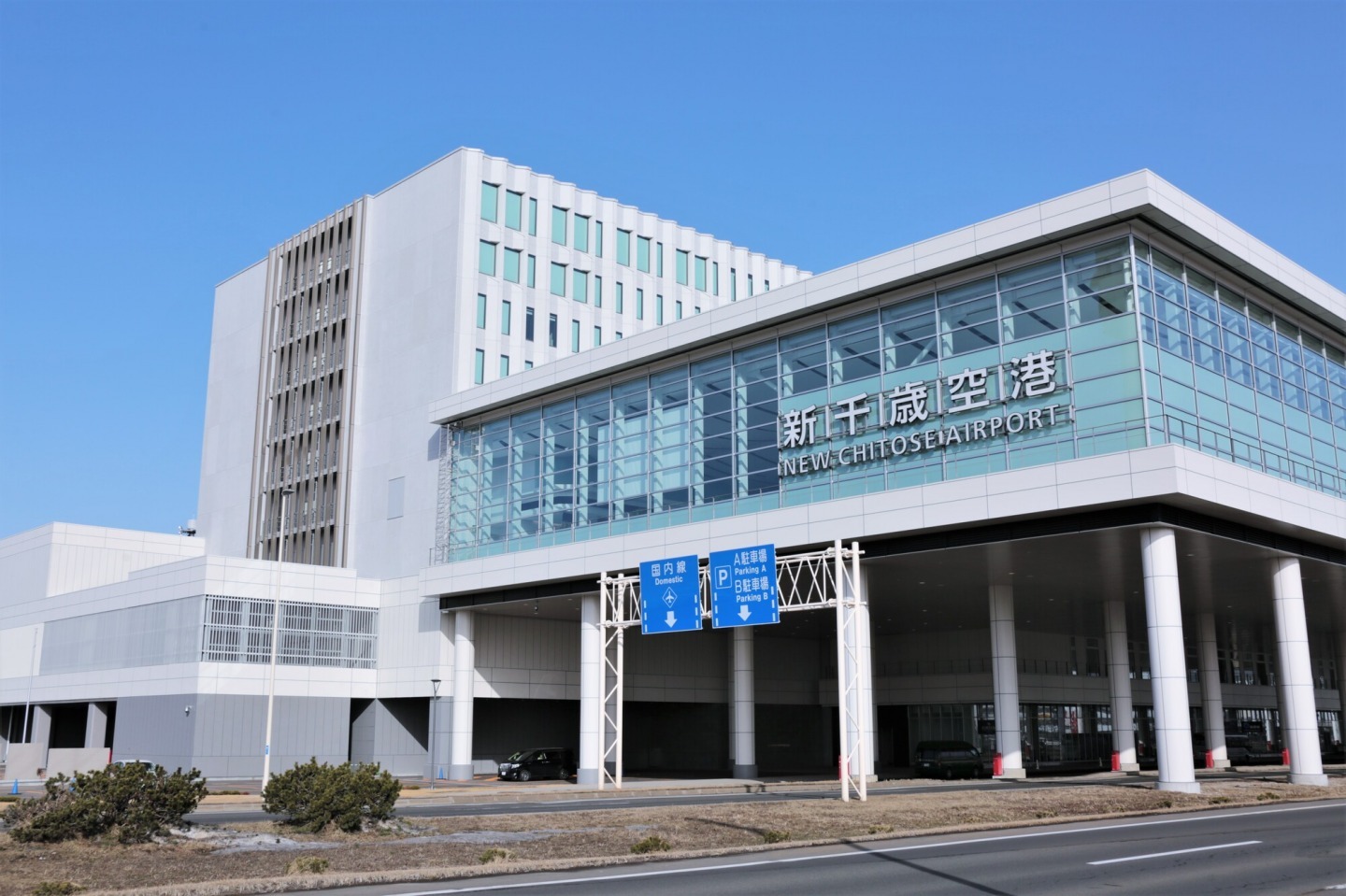

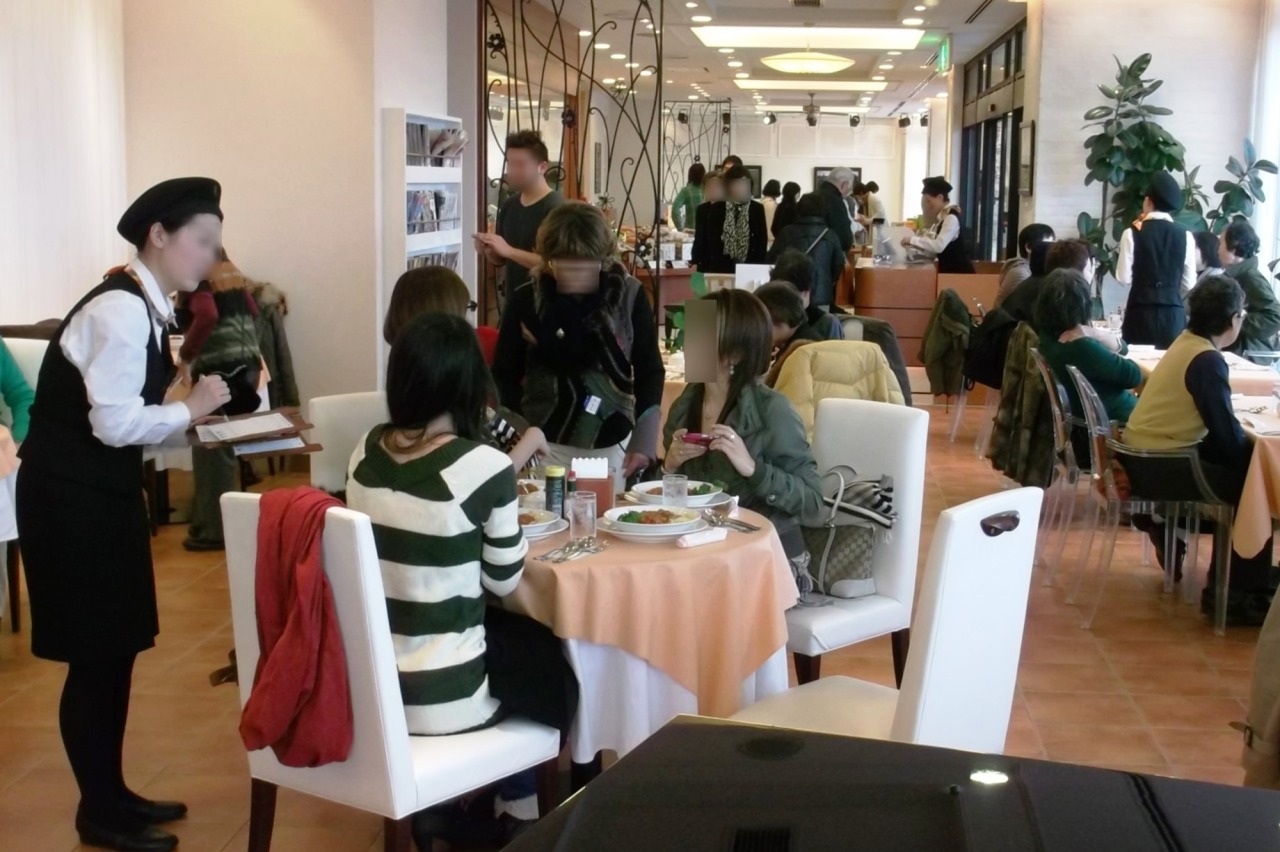
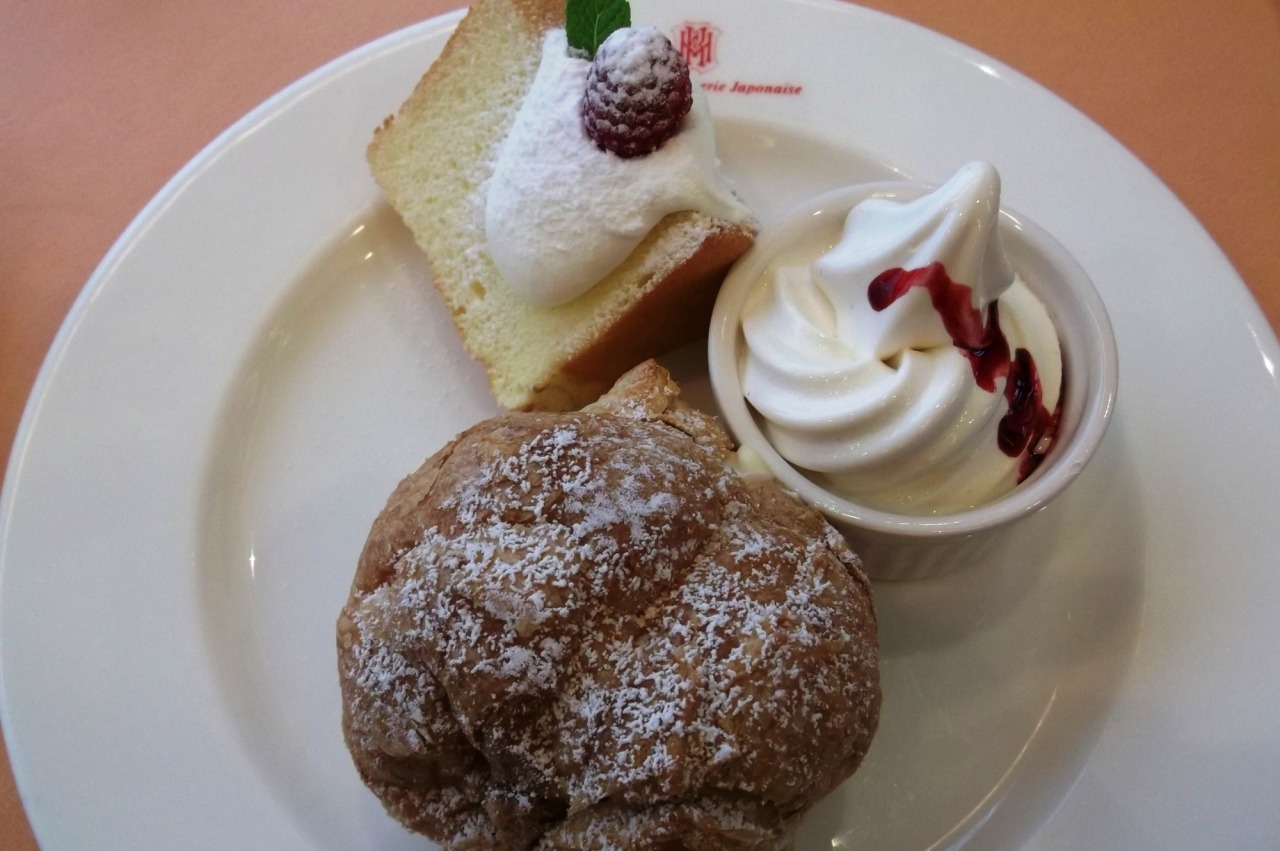
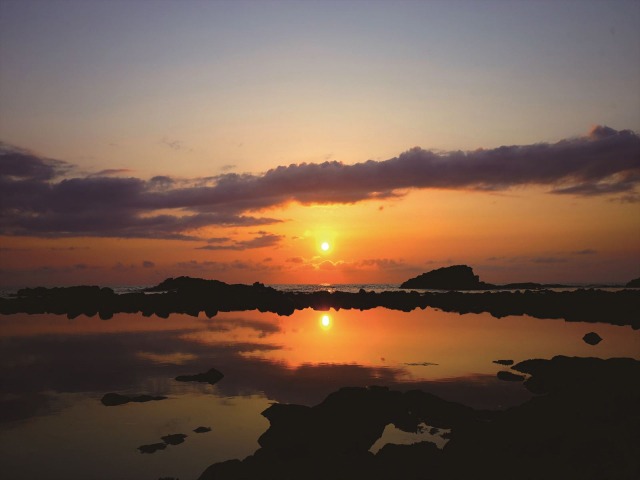
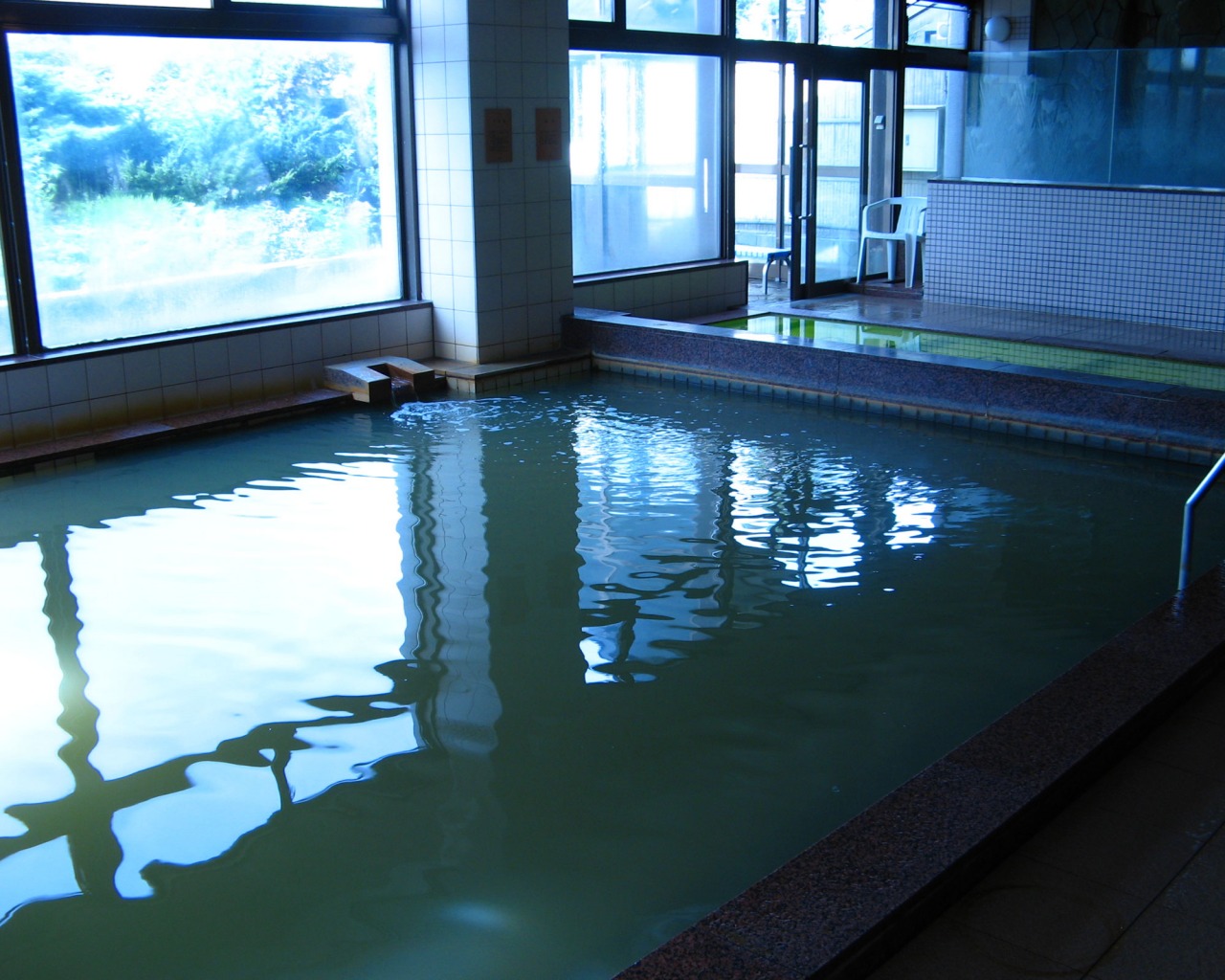

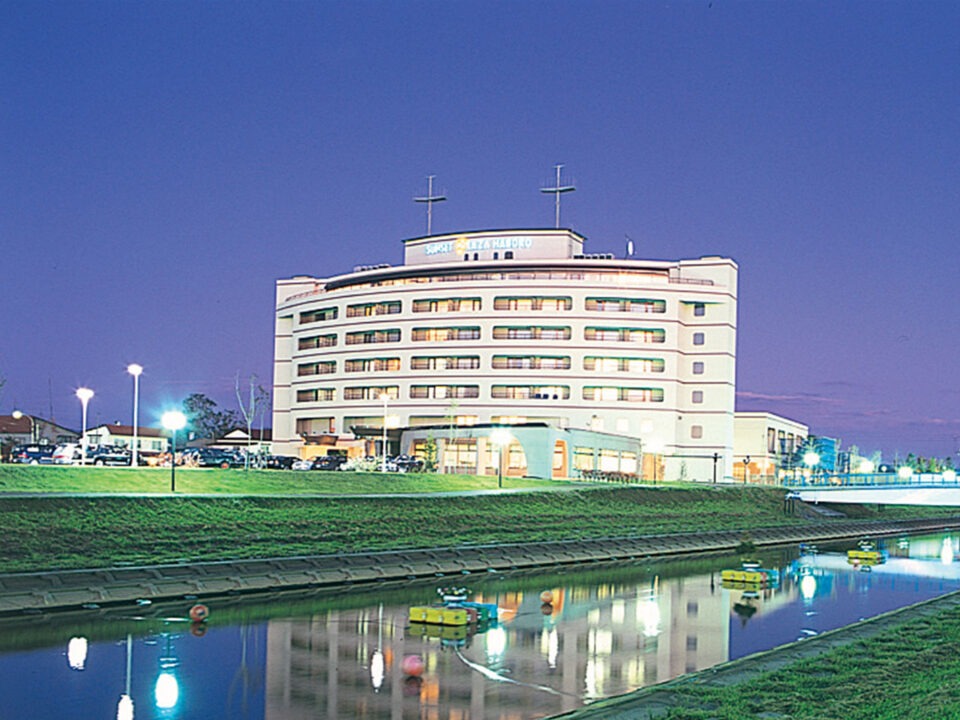
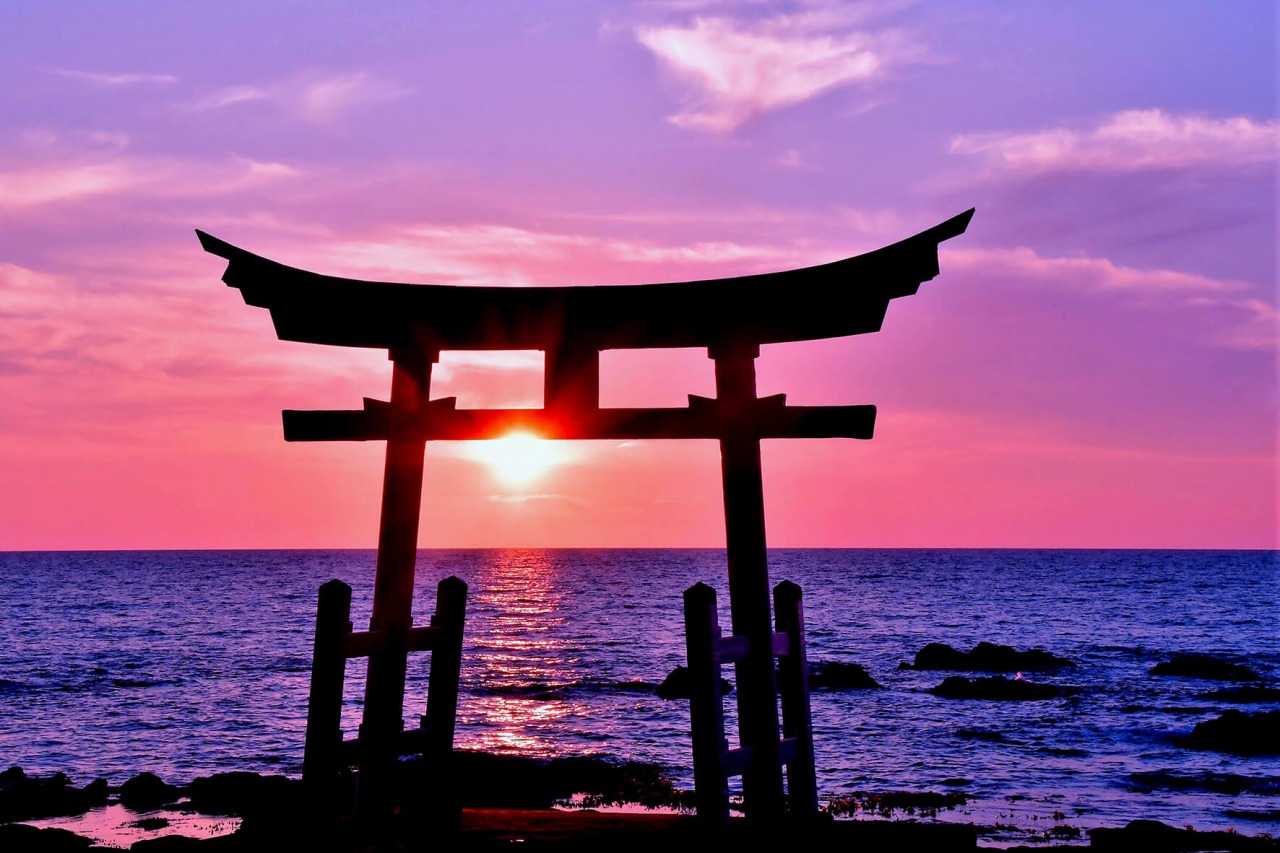
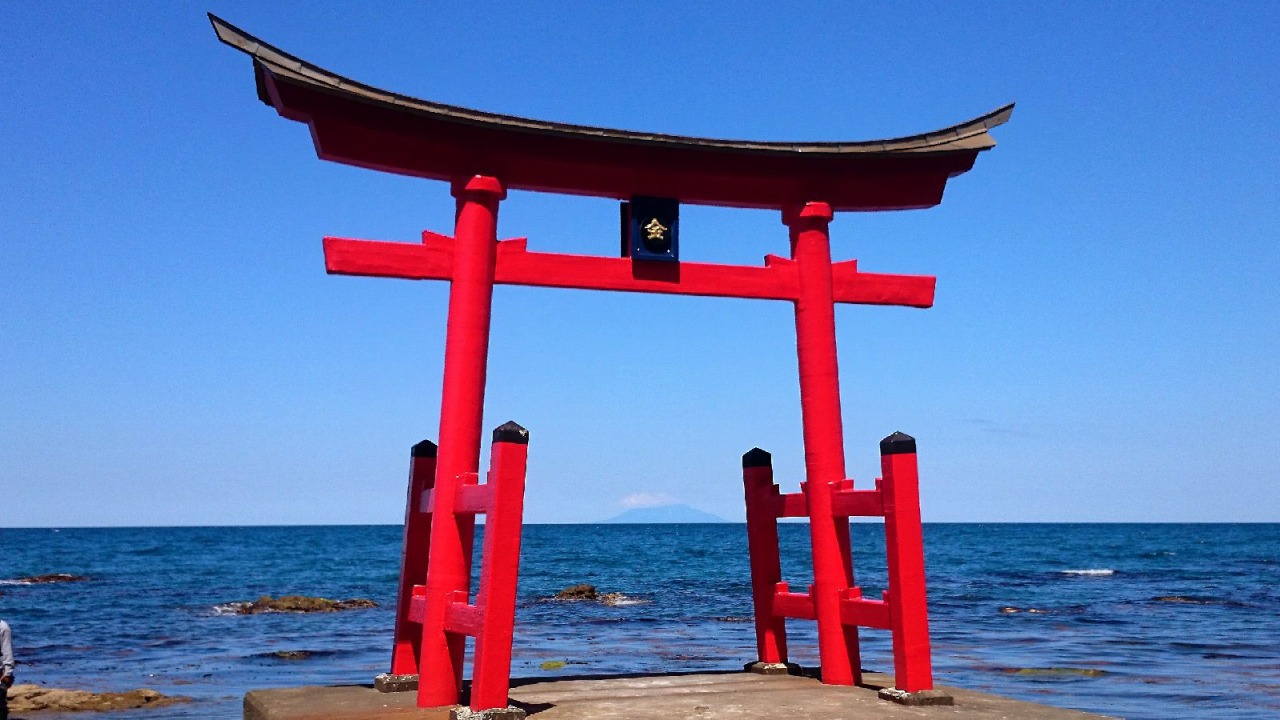
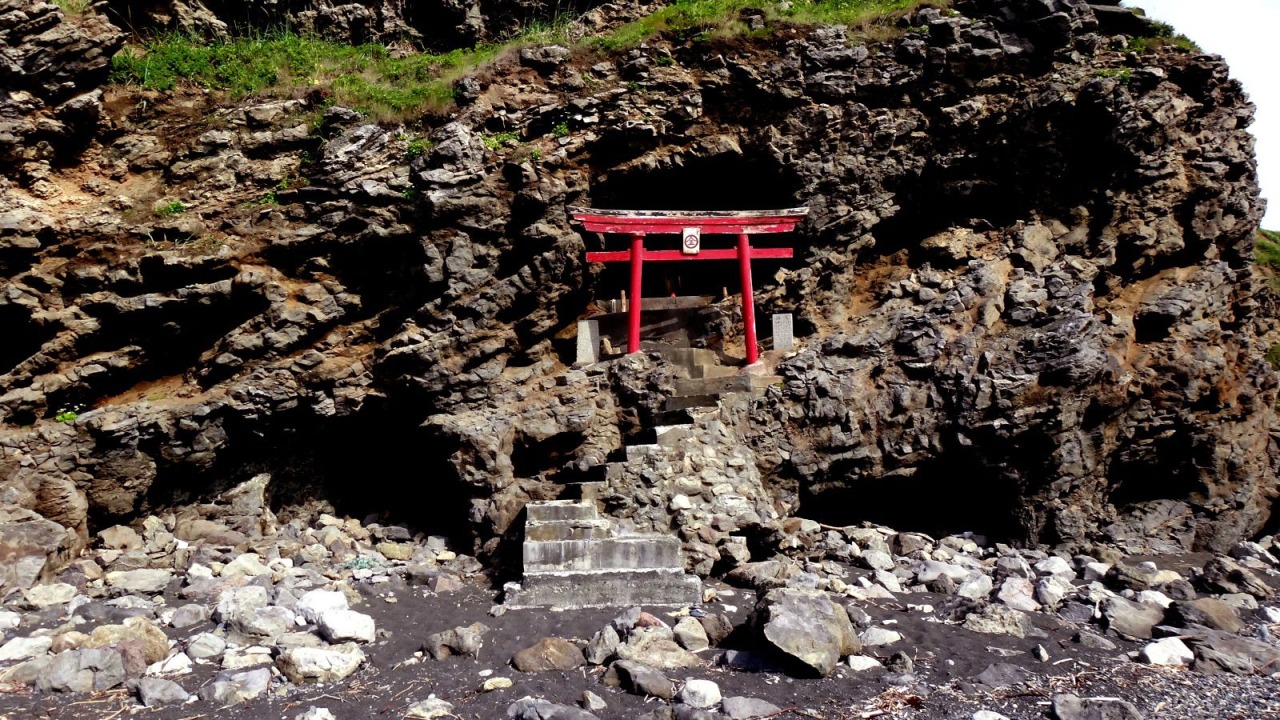

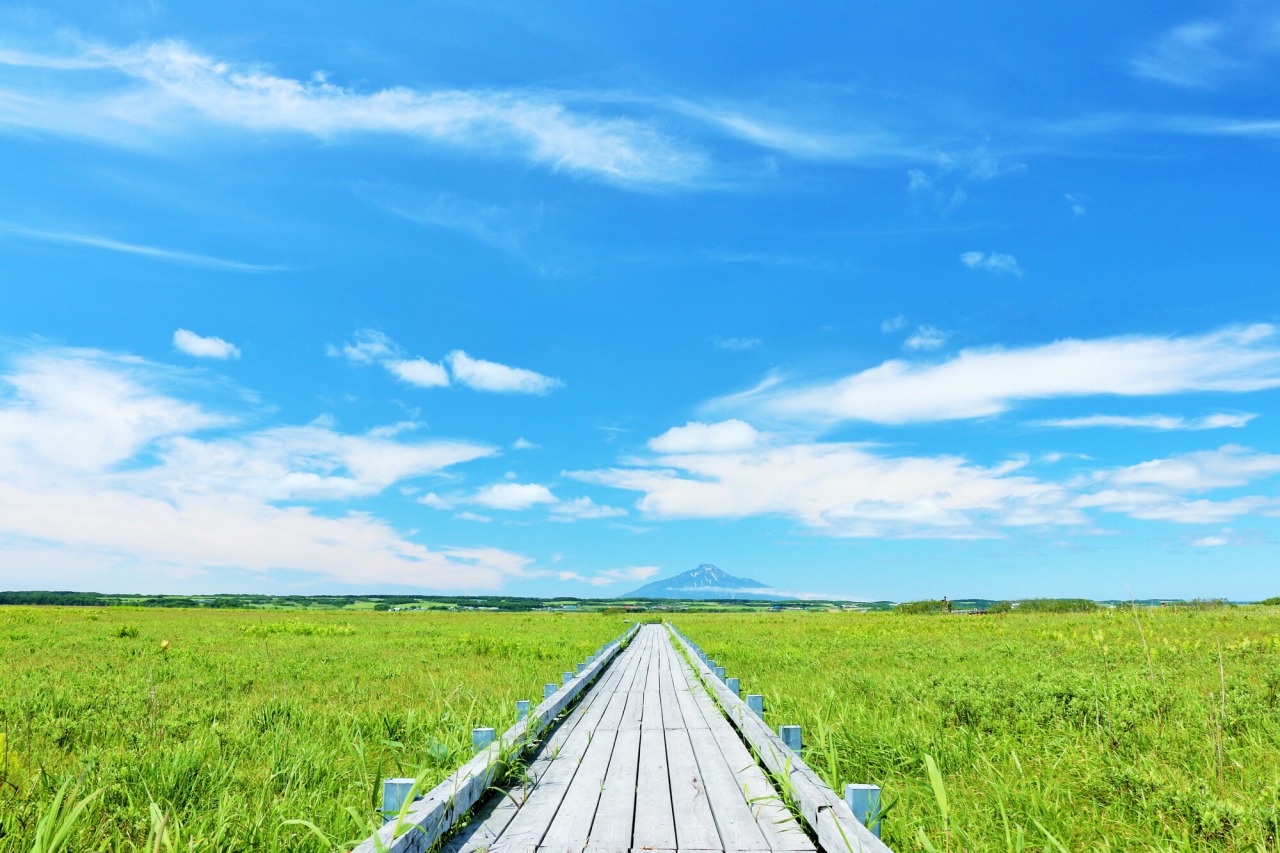
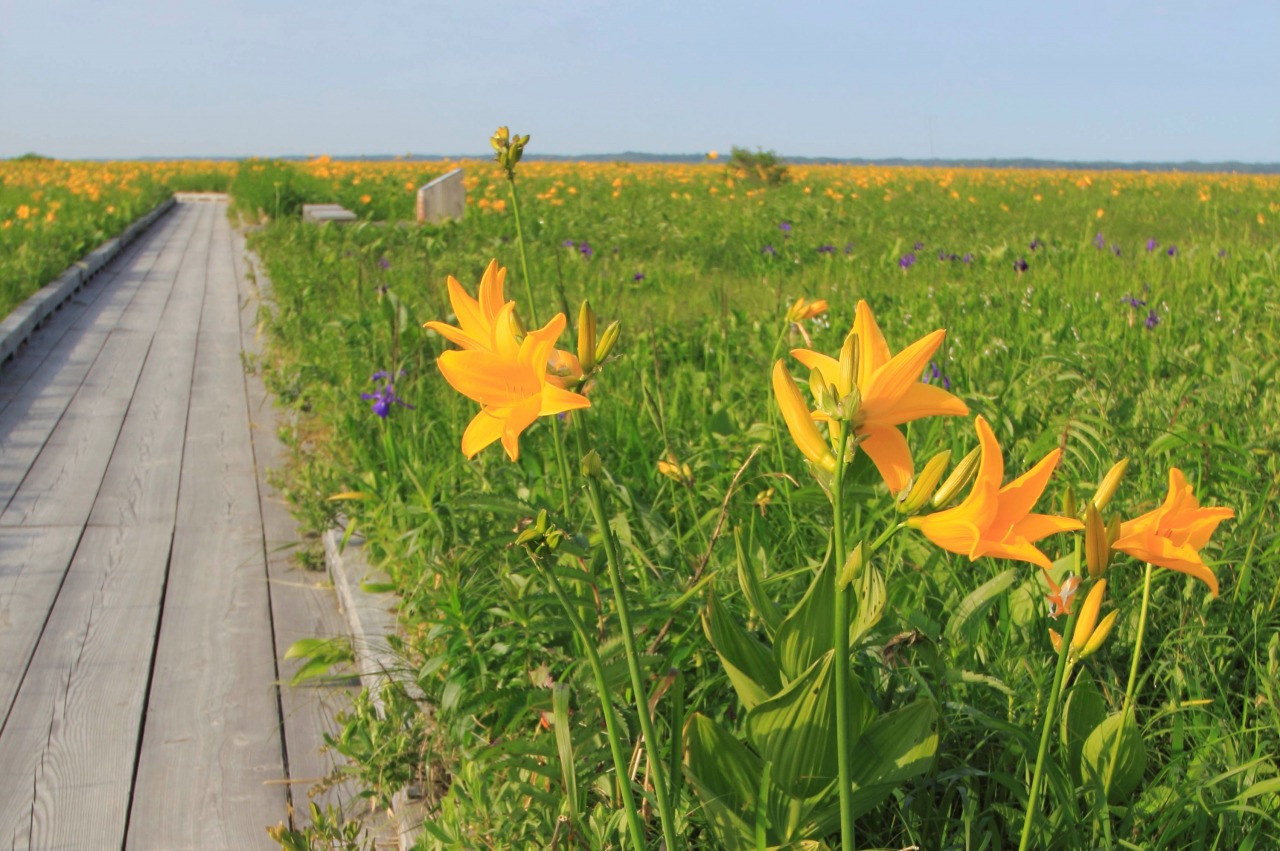
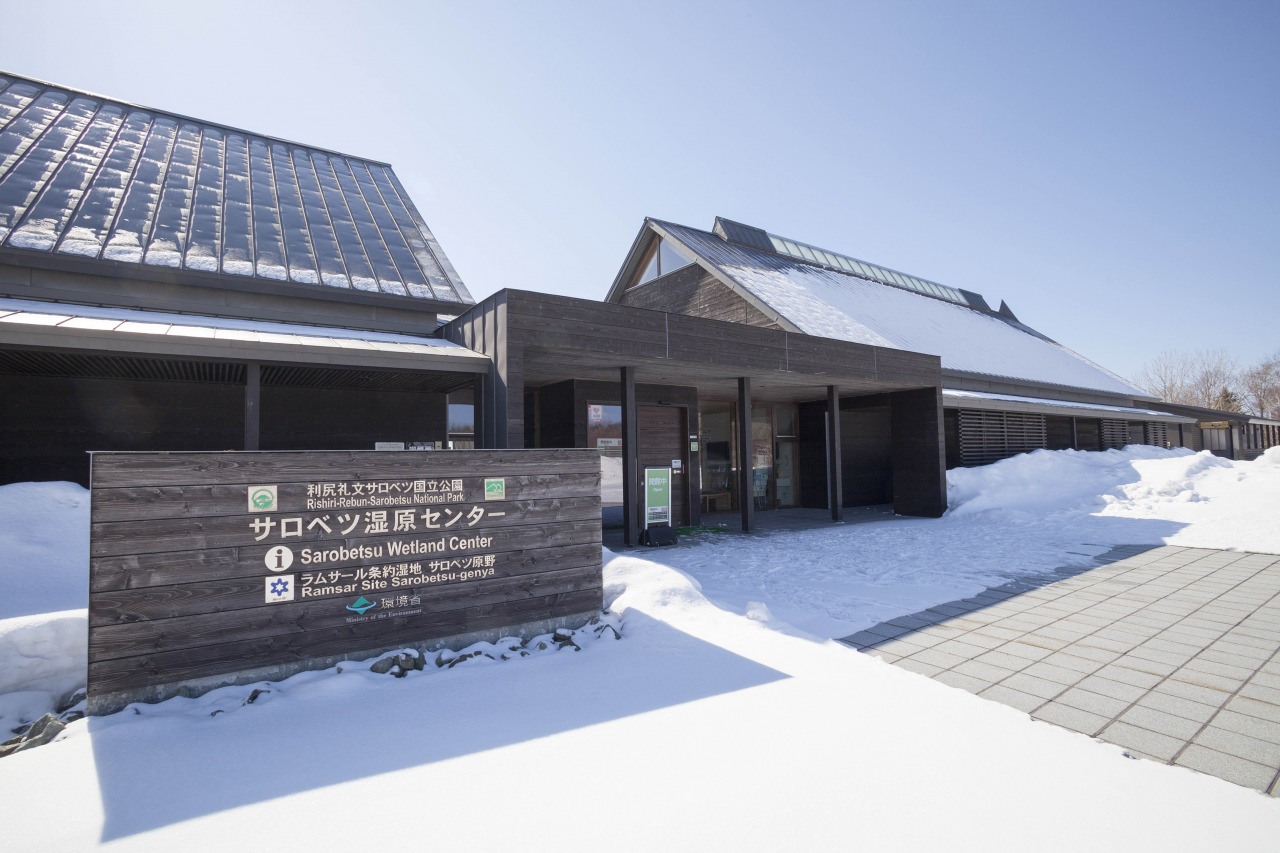
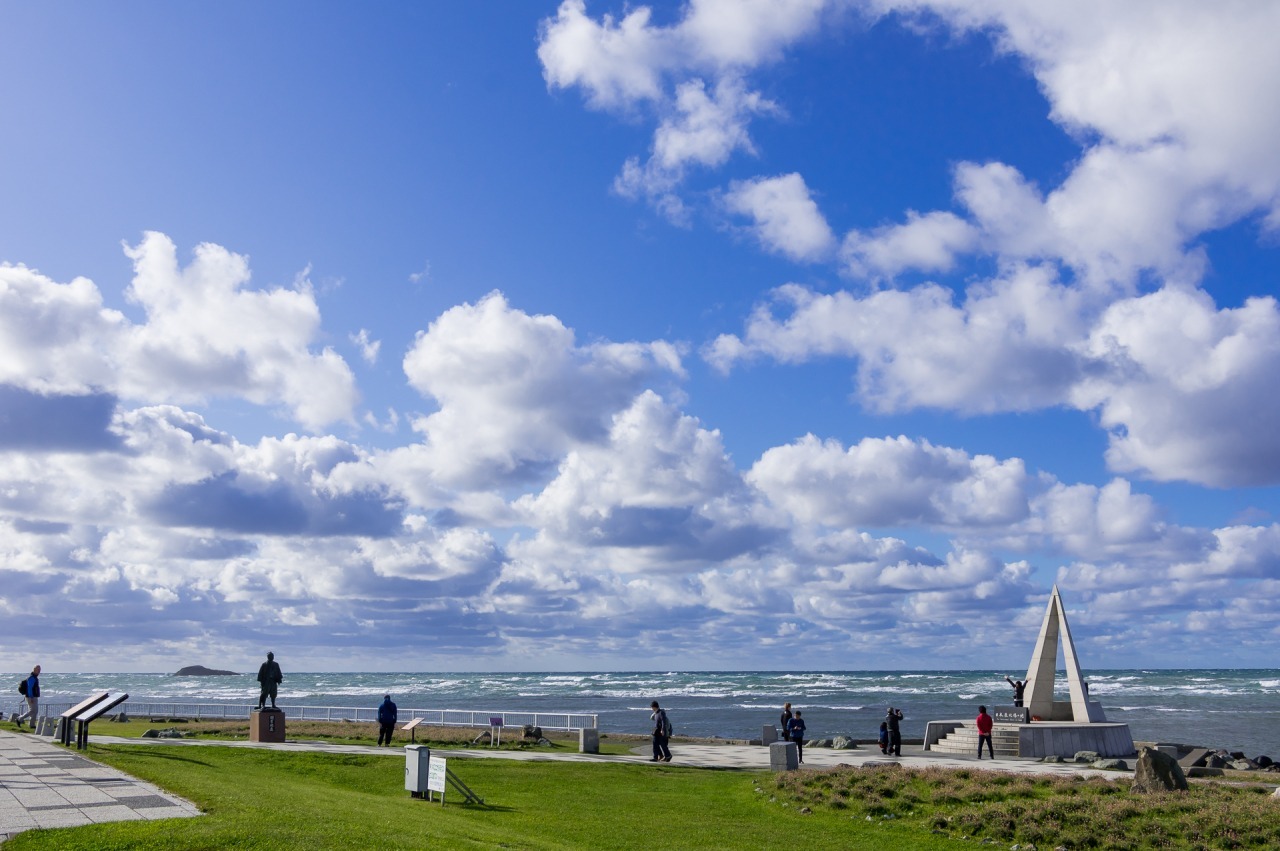
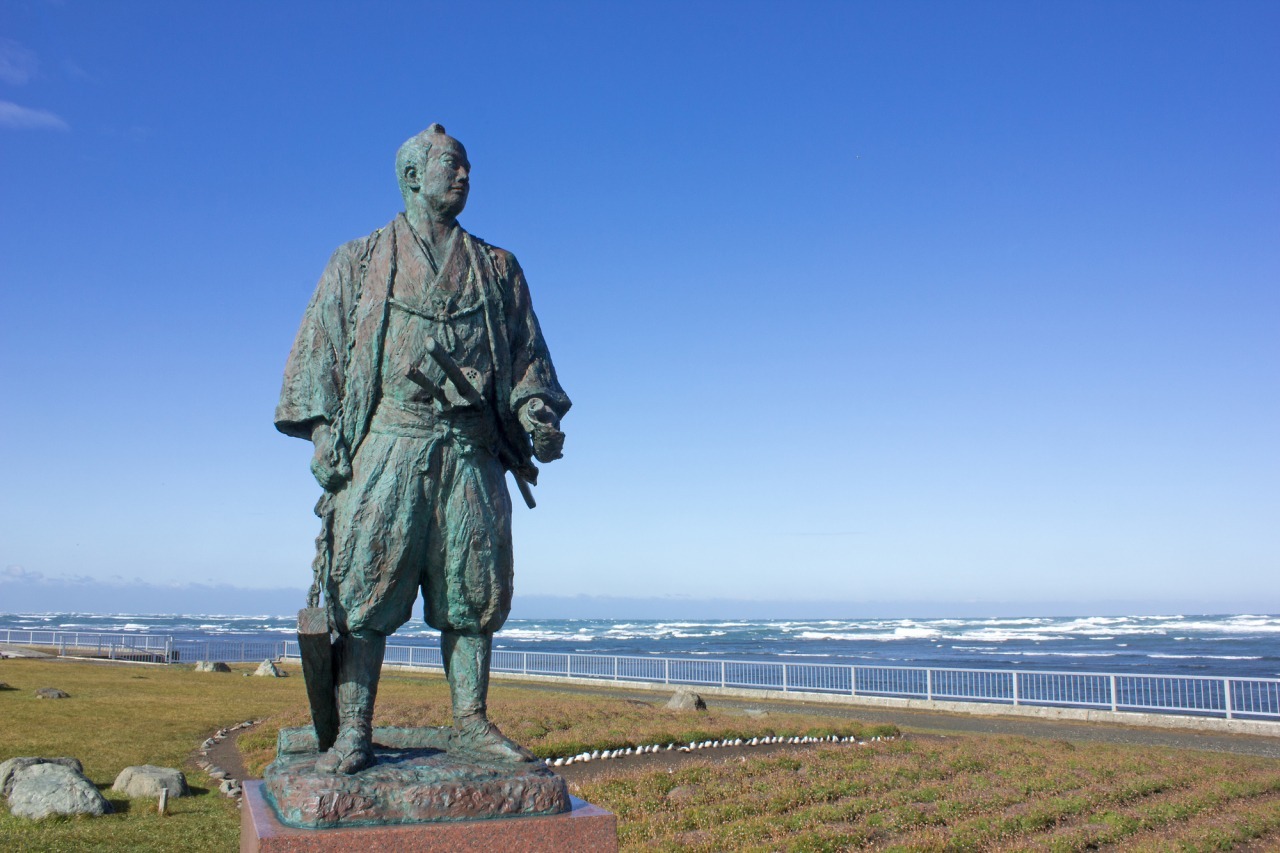
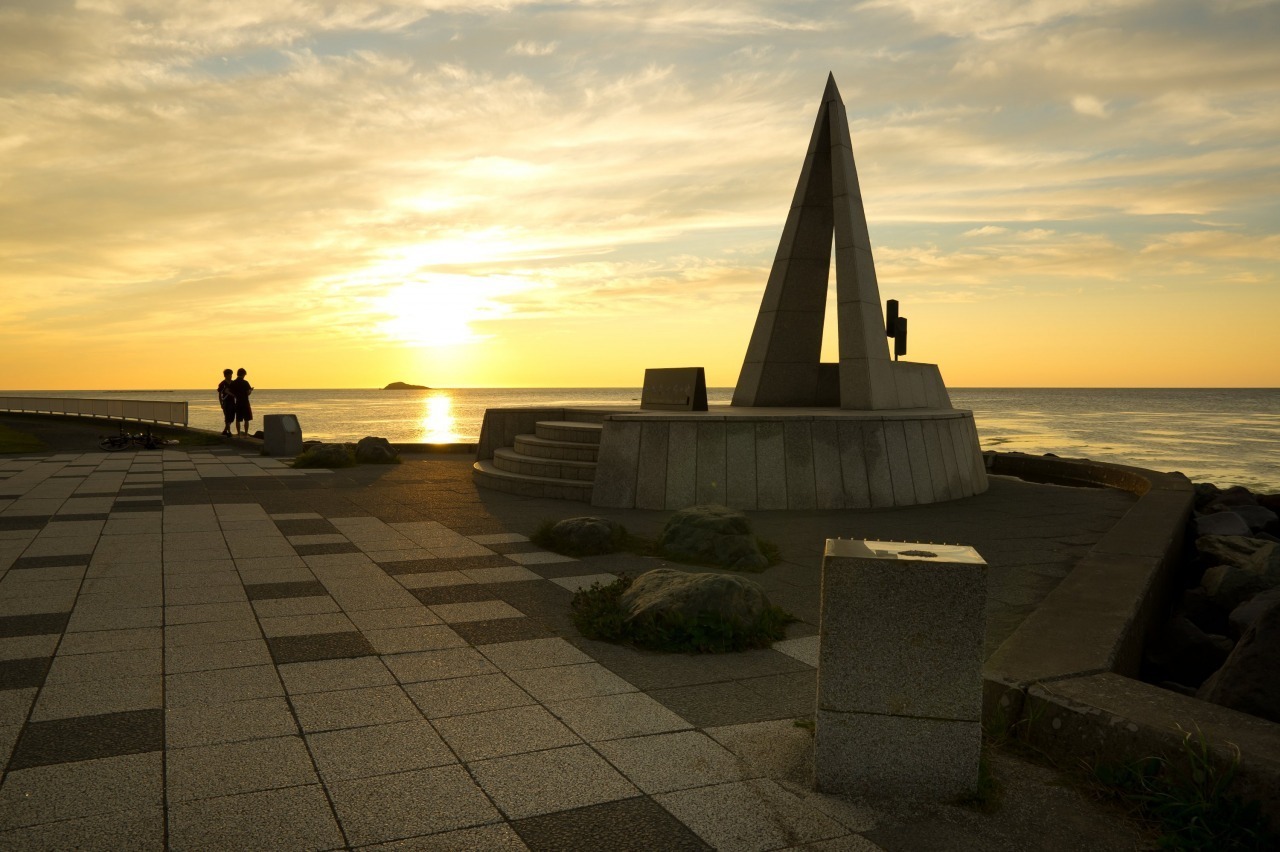

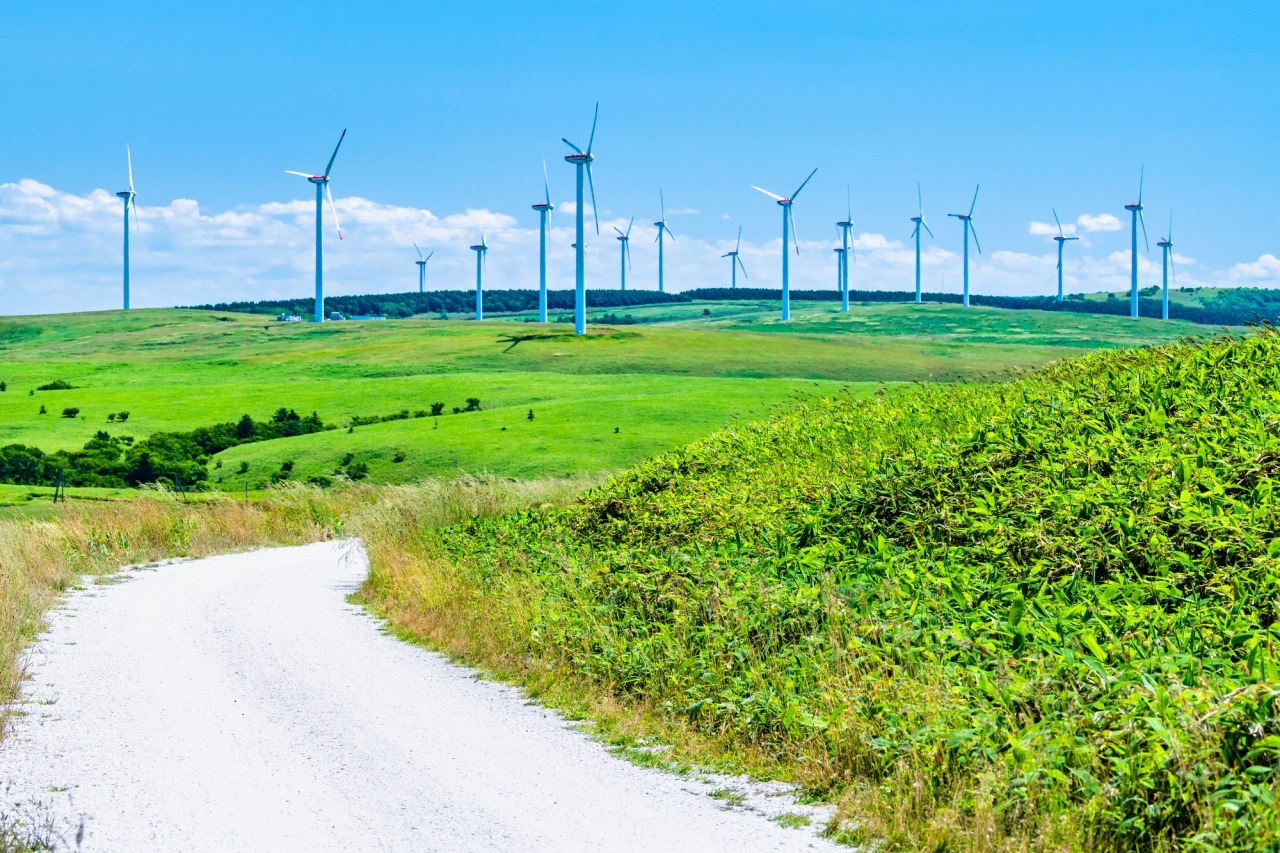
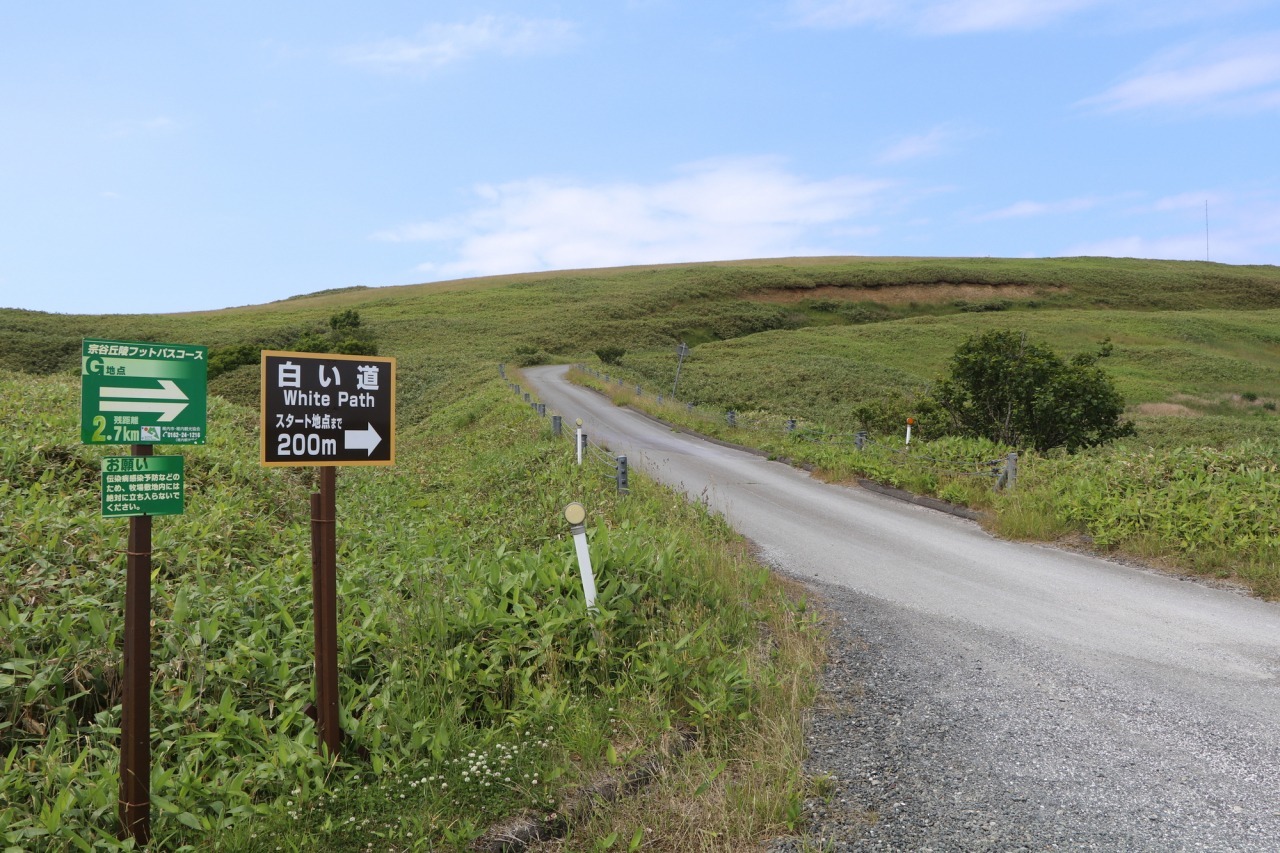
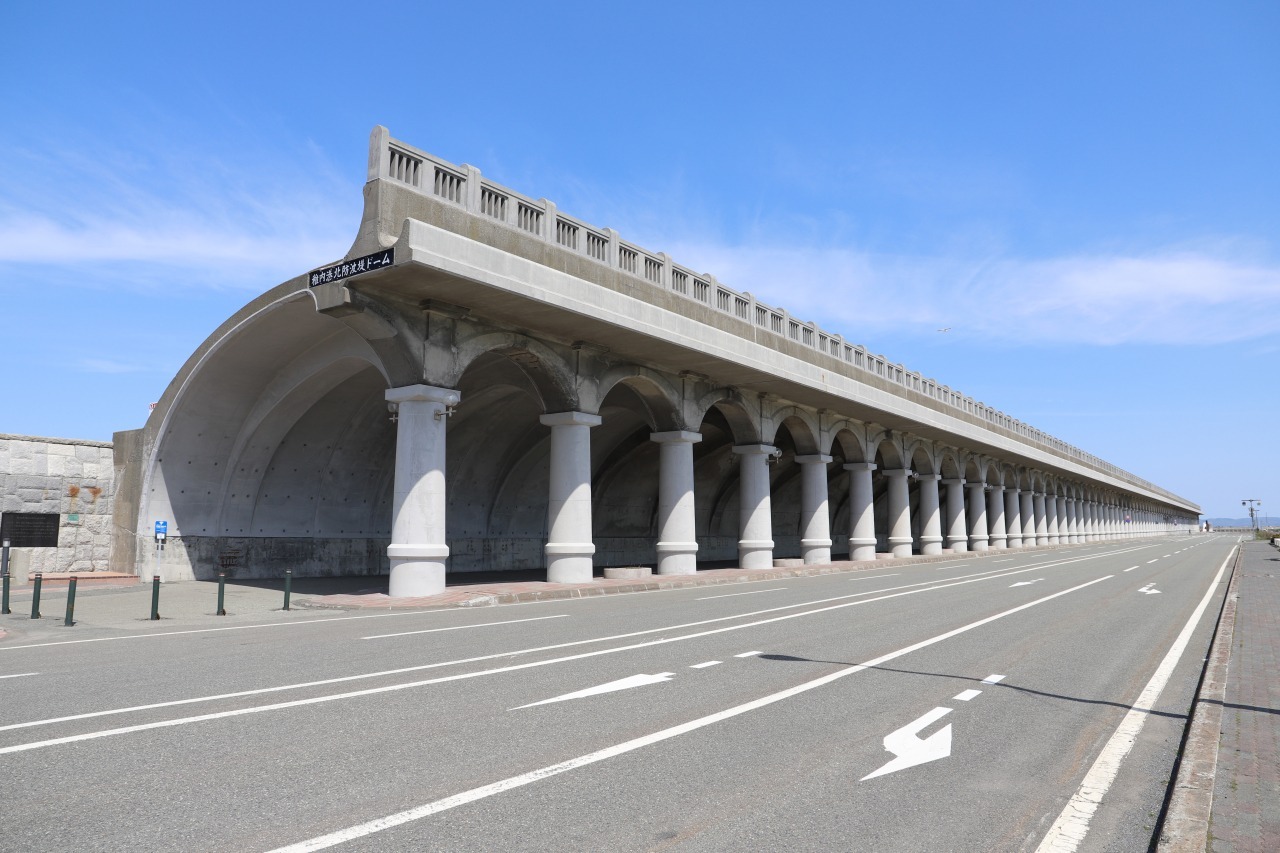
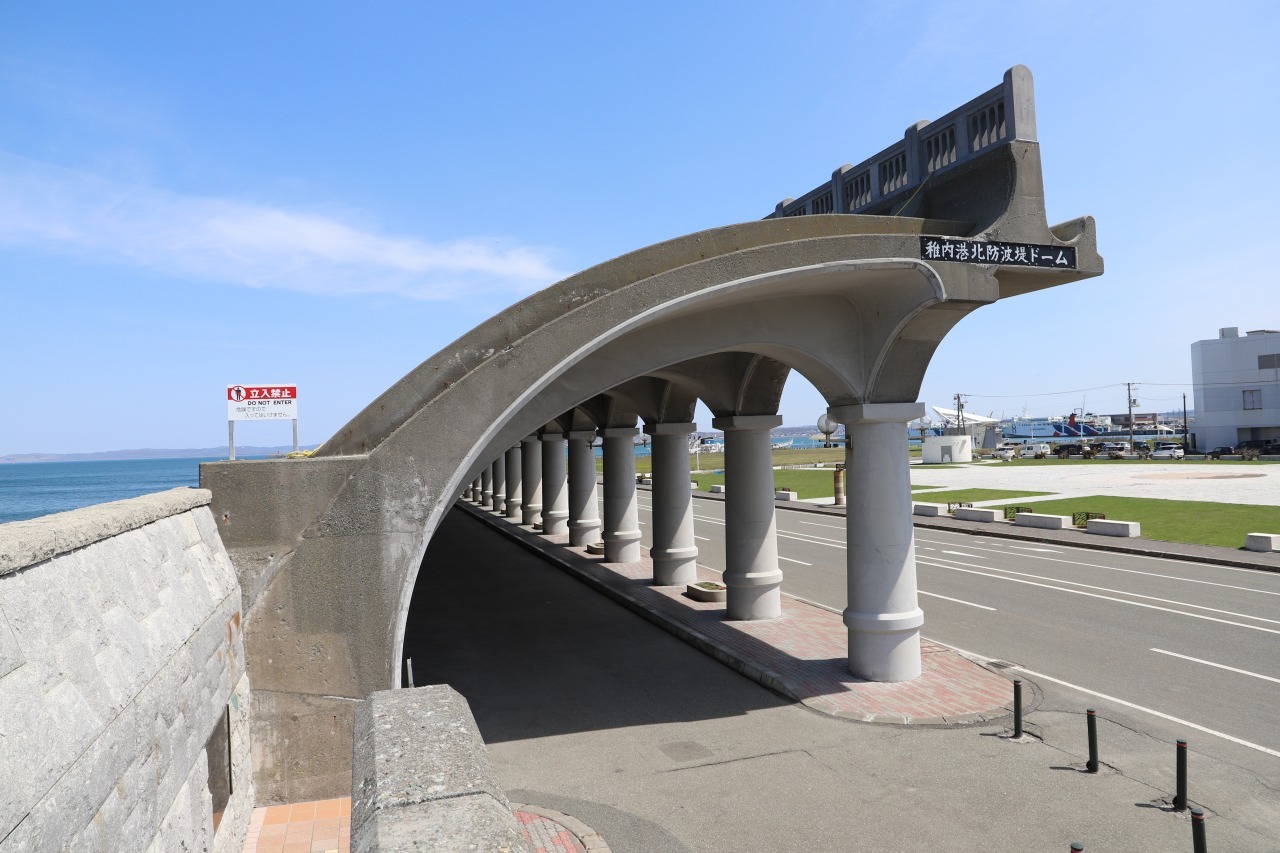
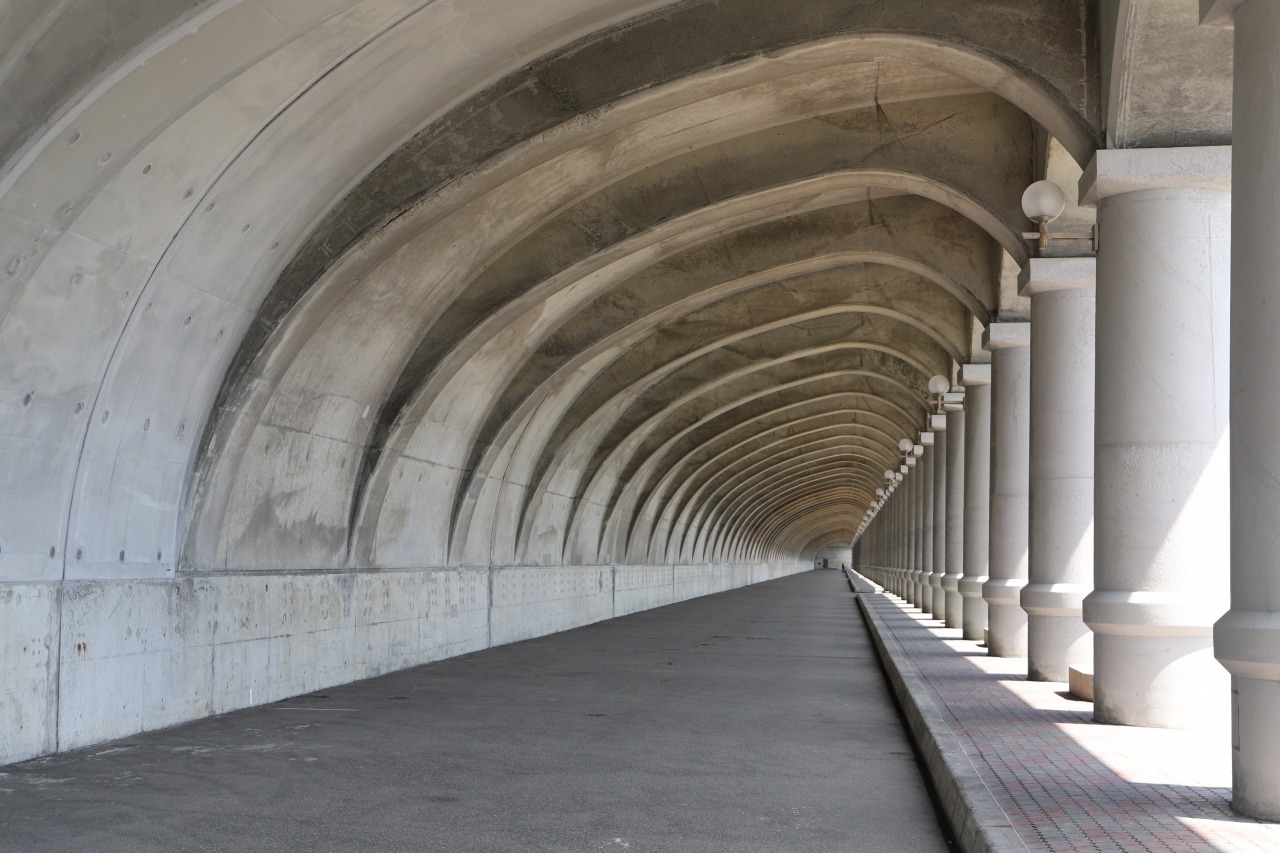
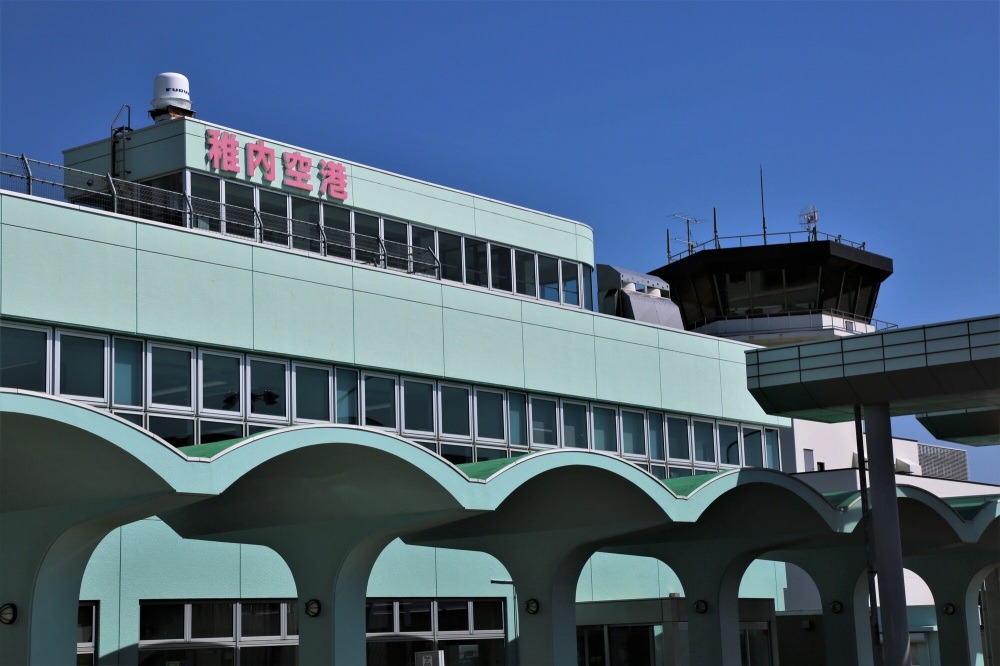
![[IN & OUT Airport Trip] Hokkaido's Ultimate Open Road: Heritage, Gardens & Wellness](/lsc/upfile/course/0000/0092/92_1_m.jpg)
